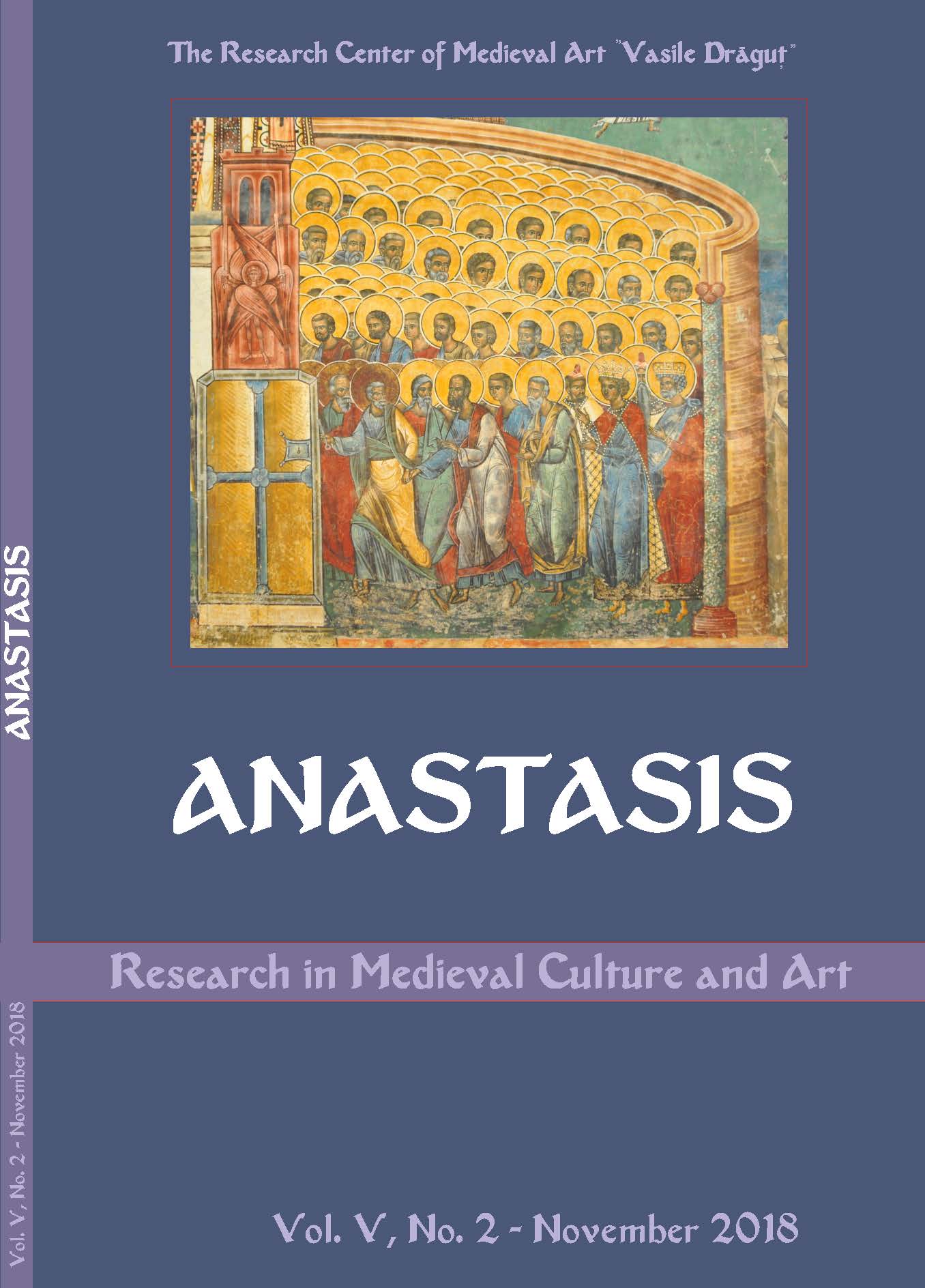Medieval Elements in Victor Hugo’s The Hunchback of Notre-Dame
Medieval Elements in Victor Hugo’s The Hunchback of Notre-Dame
Author(s): Paula-Andreea OnofreiSubject(s): Language and Literature Studies, Studies of Literature
Published by: Editura ARTES
Keywords: medieval; modern; text analysis; writing technique; narratology; narrative techniques; film adaptation;
Summary/Abstract: Published in 1831, the classic historical Gothic romance The Hunchback of NotreDame is representative for narratology, since the plot is majestically set in medieval Paris and Victor Hugo manages to create a specific Middle-Ages atmosphere without having studied in a formal manner about the specificity of medieval times, therefore he is a medievalist avant-la-lettre. Moreover, it is important to underline Hugo’s attention to details, the realism of description and the manner of giving shape to vivid characters, the predilection for creating memorable, powerful epic moments with a deep religious-ethical component. Furthermore, our purpose is to analyze medieval and modern elements in the novel The Hunchback of Notre-Dame, also insisting on the symbols present in the novel, its impact on the readers and also the narrative techniques used by Victor Hugo.
Journal: Anastasis Research in Medieval Culture and Art
- Issue Year: V/2018
- Issue No: 2
- Page Range: 152-156
- Page Count: 5
- Language: English

